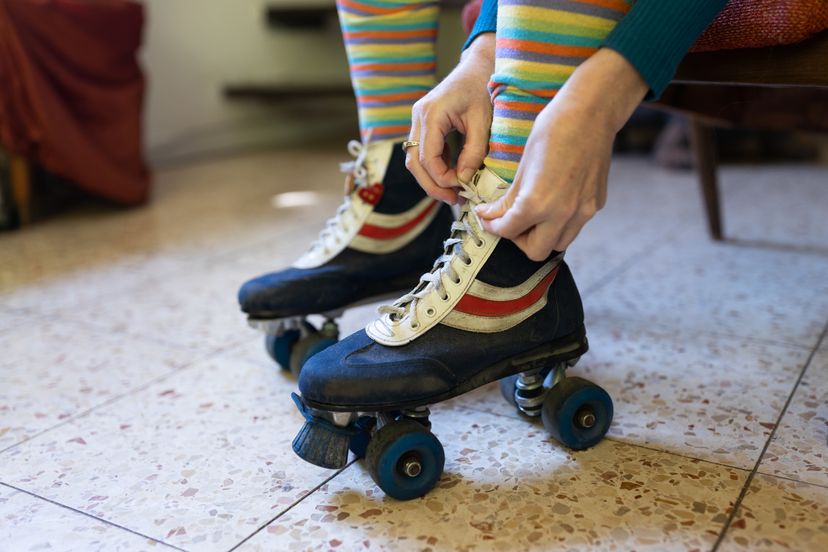The individual with the most U.S. skate patents was James Leonard Plimpton, but a few different people contributed to the development of what we now recognize as roller skates.
John Joseph Merlin
The fun began in the mid-1760s when Belgian inventor John Joseph Merlin developed his roller skate prototype, lining the metal wheels in a row along the bottom of the skate, similar to an inline skate.
Merlin frequently wore his roller skates while at social engagements to advertise both his inventions and the Museum of Mechanics, where he put his inventions on display. Unfortunately, his skates were not equipped with the ability to curve or brake.
At one social engagement, Merlin was wearing his skates and playing his violin amidst a group of people. According to reports, he was unable to brake and crashed into an expensive mirror, breaking it and the violin. He also sustained some injuries.
Charles-Louis Petitbled
Roller skates next popped up in 1819 Paris when Charles-Louis Petitbled filed the first world patent for his "land skates." Petitbled's roller skates were "intended to perform ... everything that the skaters can do on the ice with ordinary skates."
The skates were all sizes, and the soles were made of metal or wood, depending on the model. His skates were unique in that the wheels — typically made of metal or wood — were attached to a shaft that was then attached to the skate. The skate attached to the shoe with "belts."
James Leonard Plimpton
Eventually in 1863, roller skates received a crucial tweak when American inventor James Leonard Plimpton of Medfield, Massachusetts, changed the layout of the wheels. His quad or "rocker" skates increased stability for skaters by placing a set of wheels side by side at the front and side by side at the back.
But his greatest invention was attaching the wheel assembly to a pivot that had a rubber cushion, allowing the skater to use their weight to curve the direction of the skate. In 1866, Plimpton added leather straps and metal side braces for greater stability. He wisely patented all his inventions and changes.
According to Max McKillip, archivist at the National Museum of Roller Skating in Lincoln, Nebraska, Plimpton held more than 20 U.S. skate patents.

